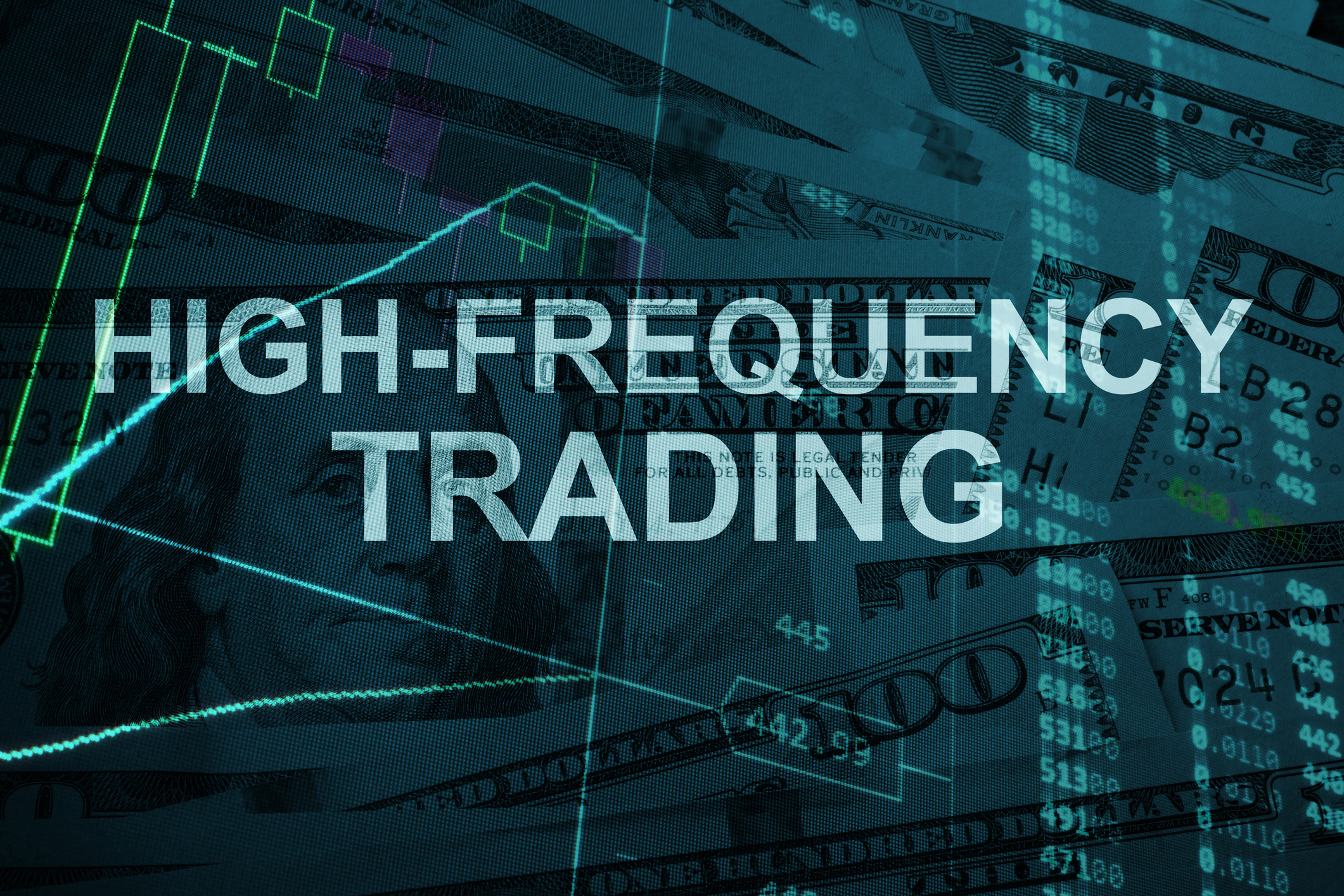Hyperscalers are a hot topic among investors these days due to the pivotal role they play in the digital economy and the expansion of the artificial intelligence revolution. Hyperscalers are the companies investing enormous amounts of capital in building and expanding data centers worldwide.
These investments reflect the escalating demand for cloud services and the specialized infrastructure required for AI workloads. Here’s what investors need to know about hyperscalers, what they are, and how they work.

What is a hyperscaler?
A hyperscaler is a large-scale cloud service provider that offers vast computing, storage, and networking resources through a distributed infrastructure of interconnected servers and software. These companies are characterized by their ability to rapidly scale their resources up or down to meet the demands of millions or even billions of users.
Hyperscalers operate at a scale far beyond traditional data centers, with multiple data centers globally and thousands of servers, offering highly reliable and widely available services. Essentially, these entities provide the robust infrastructure for massive applications and services, acting as the backbone of modern cloud computing.
What is the purpose of a hyperscaler?
Hyperscalers are designed to handle enormous workloads and data volumes. These companies frequently offer infrastructure-as-a-service (IaaS) and software-as-a-service (SaaS) options, enabling businesses to access computing power, storage, and software solutions without needing their own physical infrastructure.
By offering on-demand access to resources, hyperscalers can help businesses reduce capital expenditures and operational costs. Hyperscalers also frequently facilitate the migration of legacy systems to the cloud, enabling businesses to modernize their IT infrastructure and improve the agility of their underlying systems.
Hyperscalers utilize distributed computing, where tasks are split across multiple machines, rather than relying on a single, powerful computer. This approach enables these companies to process massive amounts of data and deliver high performance for clients.
Why are hyperscalers important for AI?
AI models, especially large language models (LLMs) and generative AI, require astronomical amounts of computing power and data storage for training and deployment. Hyperscalers have invested heavily in building and maintaining vast data centers equipped with specialized hardware like graphics processing units (GPUs) and tensor processing units (TPUs) to handle these intensive workloads efficiently.
Many AI applications require the processing of significant amounts of data with minimal latency. Hyperscalers' advanced infrastructure and networking capabilities are crucial for achieving this level of performance.
Hyperscalers frequently offer AI and machine learning services, tools, and pre-built models (like LLMs) through their cloud platforms, making advanced AI capabilities accessible to businesses and developers without the need for large upfront investments. The intense competition among hyperscalers is fueling a race to develop and offer increasingly powerful and specialized AI infrastructure and services, but that is also driving the entire AI ecosystem forward.



















